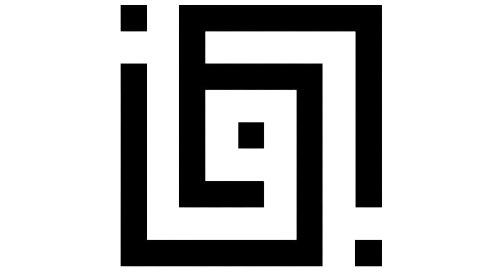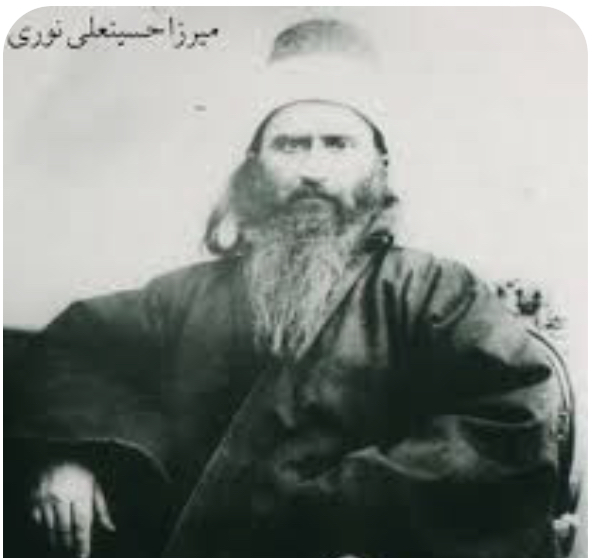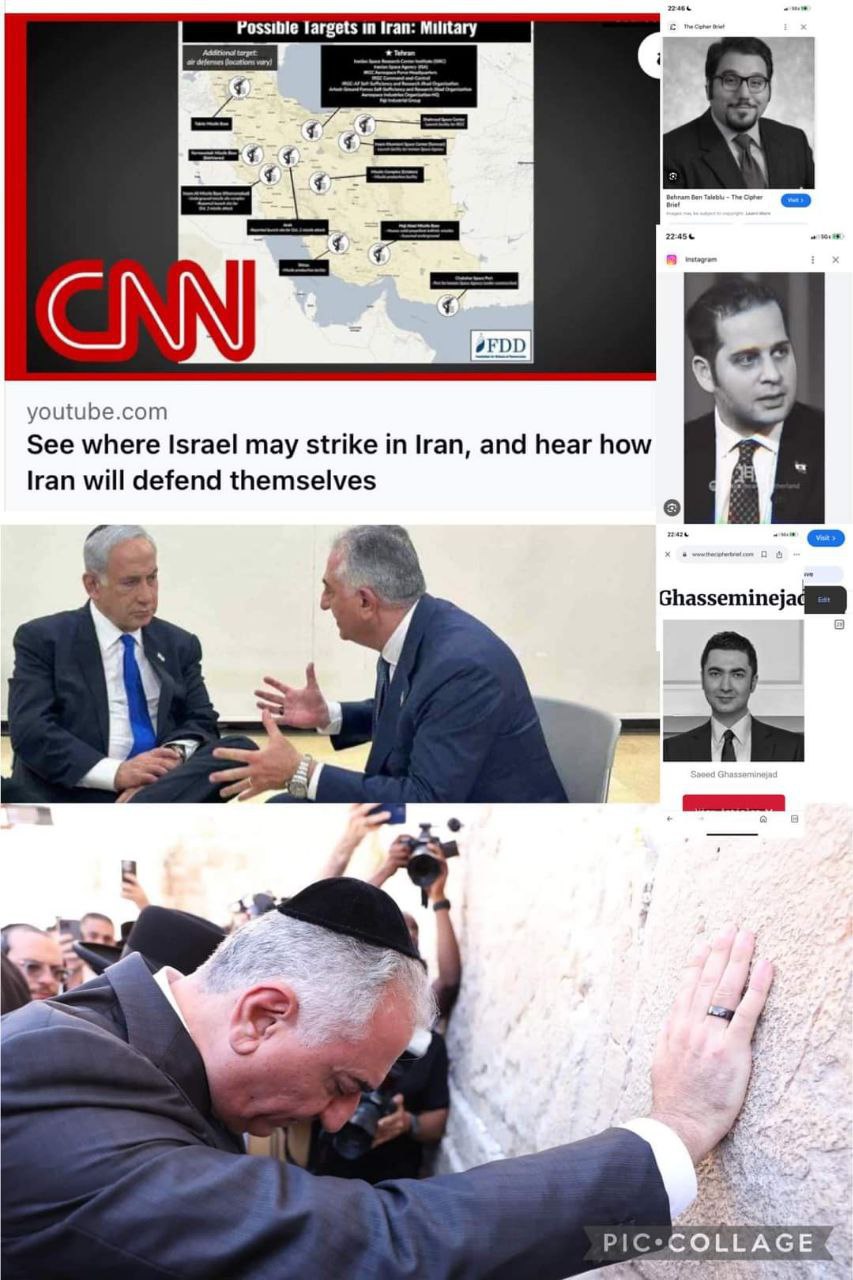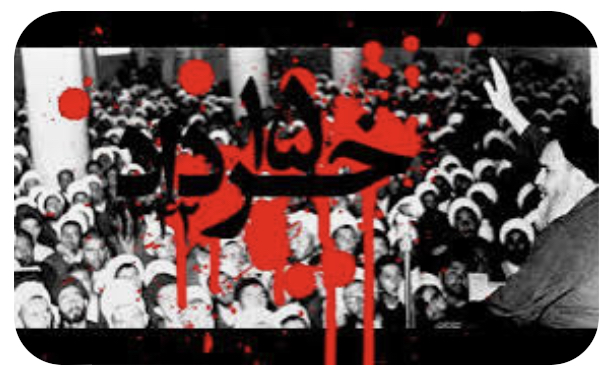The role of the Baha’is in the massacre of Iranian people on 15 Khordad 42
Based on the available evidence, documents and documents, the false Baha’i sect played an effective role in suppressing the protesters and killing the people of Iran in the days leading up to 15 Khordad 42, with the influence it had in the Pahlavi apparatus.
Based on the available evidence, documents and documents, the false #Bahá’í sect played an effective role in suppressing and killing people on this day with its influence in the Pahlavi apparatus in the days leading up to 15 Khordad 42.
With the passing away of Ayatollah Boroujerdi, who had taken significant steps in the fight against the heretical Baha’i sect, the Shia clergy led by Imam Khomeini (RA) continued to put the fight against this sect on their agenda. From the years 41 to 43, Imam (RA) always attacked the Baha’is as agents of Zionism in Iran. The most important revelations of Imam (RA) against this misguided sect were in the era of Ashura in 1342. Therefore, the enmity of this misguided sect with Imam Khomeini’s movement increased day by day. So that they supported the killing of people by the Pahlavi regime. Examples that show the role of the Baha’is in killing people in the 15 Khordad uprising are mentioned below.
The role of the Baha’is in the execution of the martyrs of the 15th of Khordad
After the Khordad 15 uprising, the Pahlavi regime made widespread arrests. Meanwhile, Haj Esmail Rezaei and Tayeb Haj Rezaei were among the people who were finally handed over to the execution squad. It should be mentioned that these two people were present in the anti-Bahá’í campaigns that were being pursued by the scholars at that time due to their close relationship with the Shia clergy centered on Ayatollah Borujerdi especially since the mid-1930s.
During the height of the struggle against Baha’ism, Tayyab Haj Reza’i along with some others destroyed “Golestan Javid” which was the Baha’i cemetery located in Masgarabad area. On the other hand, the “Pepsi Cola” company, which belonged to the Baha’is, played a significant role in weakening this heretical sect. Based on this, the grounds of the Baha’i’s enmity towards these two were formed.
In fact, since Tayyab Haj Reza’i and Haj Ismail Reza’i, under the teachings of the seminary, played an effective role in the fight against Baha’ism, they became the main enemies of this sect. As it is said, after the execution of Tayeb and Haj Ismail, even the Baha’is celebrated by holding a celebration. Also, as it was revealed later, a Baha’i capitalist named “Habibullah Thabit Pasal”, as well as “Eyadi”, the king’s special physician, played a role in the execution of the two. So that Thabit Pasal had demanded their execution in a meeting with Mohammad Reza Shah.
One of the reasons for the execution of Haj Ismail and Tayyeb was their confrontation with the Baha’is. In fact, this became the source of hatred of the Baha’is who had influence in the ruling system.
Tayyeb Haj Rezaei’s son also believes that Tayyeb’s struggles with the Baha’is caused them to hold a grudge against him, so that in Tayyeb’s execution, traces of Ayadi, Shah’s Baha’i doctor, and Habibullah Thabit Pasal, one of the country’s Baha’i capitalists, can be seen.
Baha’is’ support for the suppression of the people in the Khordad 15 uprising
In addition to the previously mentioned cases, the available documents and documents indicate the sympathy and companionship of the Baha’i sect with the government of Asadullah Alam in killing people on 15 Khordad 42, so that after the suppression of the popular uprising on this day, the Baha’is officially announced that supporting the massacre of protestors on 15 Khordad and the attack on the Fayzieh school in Qom was their response to the destruction of “Hadirah Al-Quds”.
In addition, the secretary of the Baha’i community, in a letter he wrote on 20 Khordad 42 and only five days after the bloody suppression of the 15 Khordad uprising of that year, to Parviz Khosravani, who was the commander of the gendarmerie of Tehran at that time, while insulting the people of Iran and the clergy, He implicitly supported his role in suppressing this uprising. In a part of this message of appreciation, it is stated:
“Timsar of Brigadier Parviz Khosravani; Central District Gendarmerie Command
The history of one hundred and twenty years of the Baha’i world, especially in Iran, has always been full of martyrdom of souls and looting of their property by thugs and mobs and at the instigation of turban lords or ignorant people. However, during the pages of this history, there have always been bright stars in government officials who, according to their basic, conscientious and social duties, have been altruistic and spread justice, and have repeatedly prevented the encroachment of nobles or ill-behaved scholars.
In the continuation of this letter, it is stated about the events of Khordad 15: “The efforts and services and speed of action of Timsar in preventing the encroachment of thugs and mobs have been repeatedly mentioned in this forum in recent years, especially in these recent days when, thank God, the guardians of affairs have also Raye-ul-Ain has observed the misdeeds of ignorant people known to science, and any fair eye can testify to the vileness, ignorance, and baseness of these people’s nature. It is certain that the people who love civility, science, ethics and religion will look at Timsar’s efforts with respect and appreciation, and the history of the Bahá’í Cause will be recorded and recorded in the ranks of the same shining figures who protect and guard the civility of the human world.
At the same time, after the events of 15 Khordad, “Akhbar Amri” publication, the official organ of the Baha’i centralism of Iran, supported the Pahlavi regime and suppressed the Muslim people of Iran by including a report on these events and called the protesters a bunch of thugs and thugs. The text of the said report is as follows:
“According to what Yaran Aziz Rahmani has mentioned, on June 15, 1342, in pursuit of Muharram mourning, a demonstration was held in Tehran and other cities, apparently in the name of mourning. In Tehran, the demonstrators attacked the windows of houses and government buildings such as the Ministry of Interior, the Ministry of Finance and institutions and banks, and even broke and disabled the telephone and ticket kiosks and traffic lights. These demonstrations were so intense that police officers were forced to intervene with armed forces and martial law was declared. “Even as a result of the intervention of the officers and preventing the thugs, many people have been injured, beaten and killed, which has been published in the official newspapers.”
Increasing Baha’i influence after the Khordad 15 uprising
- After the brutal suppression of the 15 Khordad uprising, the influence of the Baha’is in the court increased, so that they were used openly and without any hesitation in government institutions. During Hoyda’s prime ministership, the Baha’is attacked the sensitive centers of the country more than ever before. Among the Baha’i figures who gained influence in different political and economic sectors of the country after the suppression of the 15 Khordad uprising, we can include people such as “Hejbar Yazdani”, the capitalist, “Sabet Pasal”, the head of Radio and Television, “Farkhrou Parsa”, the Minister of Education, Minister of Health Shahqoli, special physician Mohammad Reza Pahlavi “Eyadi” and SAVAK deputy “Parviz Sabeti” pointed out.





